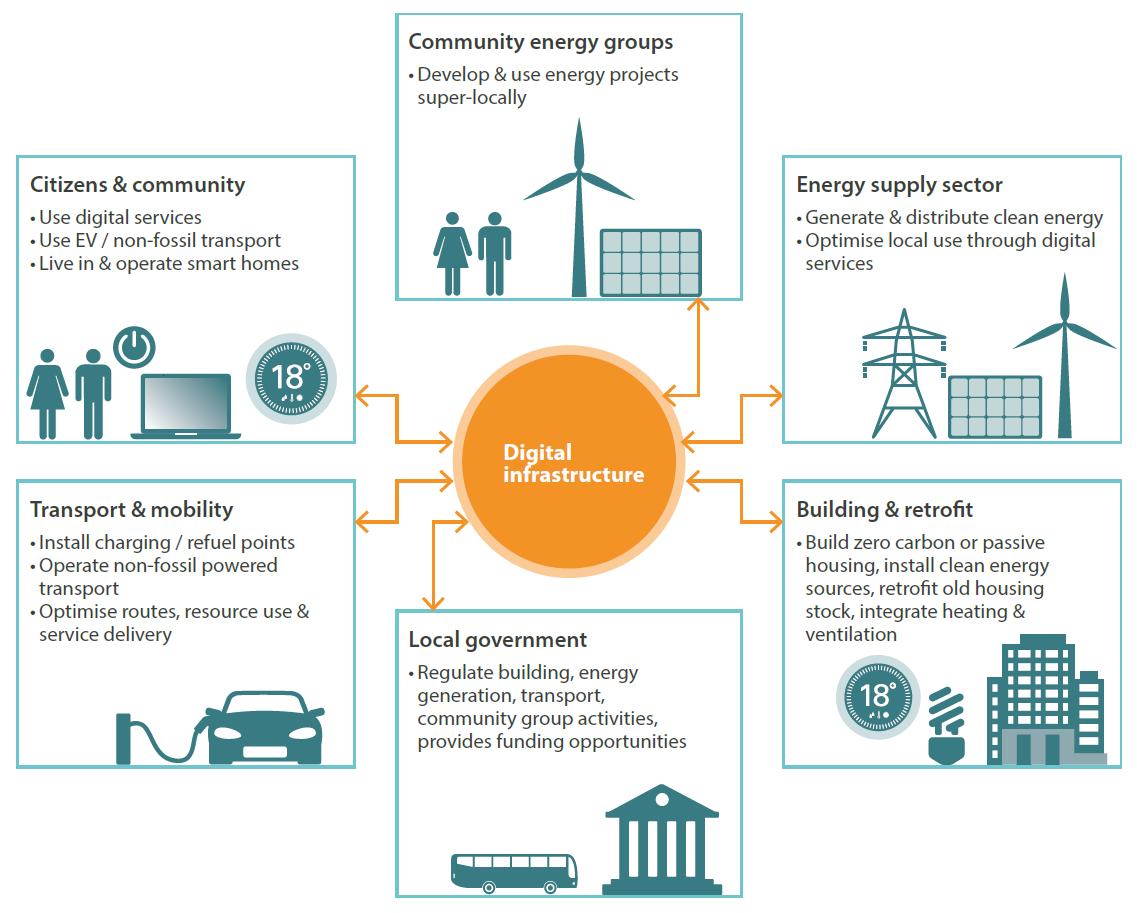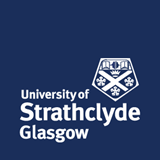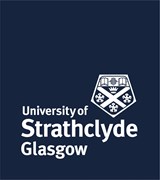New skills and training

Why are new skills and training important for Smart Local Energy Systems?
The transition to Smart Local Energy Systems (SLES) will lead to new opportunities and occupations across energy and associated systems, each coming with a need for new/updated employee skillsets.
To support the transition to SLES, the content and level of education and training provision to the existing and emerging energy system workforce needs to be updated, any skills gaps identified and redressed, and new skill needs anticipated. This would then ensure that the workforce is well trained and ready to take up the new opportunities as they arise.
EnergyREV’s Skills Needs Assessment group worked on identifying the skills that are expected to be in high demand with the advent of SLES so as to inform training provision and related policy decisions. The work took into consideration local circumstances in order to factor in different regional characteristics and needs.
How did EnergyREV explore these issues?
Case studies were completed for the city of Bristol and for the Energy Superhub Oxford PFER project. We used case studies because, having reviewed the methods used for assessing skills needs and shortages, we found there was no consistent data collected for the sector. Through these case studies, skillsets were identified that are expected to be in high demand in the next five to seven years. Factors that propel or impede transition to SLES within each study locality were analysed.
The case studies started with an SLES-related grey literature review for each locality (e.g., local government reports, business evets and publications, blogs, news article, etc.). This was used to build an understanding of the local context, for example what SLES projects are carried out; which business and organisations are engaged; what is the local authority’s stand, etc. Using this background knowledge, a number of relevant local SLES participants were recruited for interview and focus group discussions.
The material was analysed to distil the list of skills expected to be in short supply in the given locality, as well as the local drivers and obstacles to SLES.
We also created a review of the training being provided.
What did EnergyREV learn?
A key insight is not to view SLES as a single system, but as a set of loosely interconnected, semi-independent sub-systems that form a system-of-systems.

The key sub-systems in a SLES (though not all always present) are:
- Energy supply and distribution which expand the traditional energy system
- ICT infrastructure for digital energy services; data exchange for decision making and control
- Local (and central) government which sets (local) policies and regulations
- Community energy groups with distributed generation and other energy activities
- Buildings and Retrofitting businesses that enable heat retention and control, as well as install household-level energy storage and generation, etc.
- Transport and Mobility services that draw on the electricity resources (e.g., for EV charging), while, also, providing stored energy to the grid (e.g., through feeding back EV battery charge), and deliver biogas, or hydrogen etc.
- Citizens who would take up smart energy services and share their data and routine flexibility with the SLES environment.
Skills training is necessary both:
(a) Within each of the above subsystems, and
(b) Across subsystems.
Despite the varied context of the case studies, a common set of skills likely to become scarce in SLES was identified. The skills in high demand in SLES range from specialist power system design and integration to generic communication and management.
The team
Theme Lead: Ruzanna Chitchyan
Co-Investigator: Roberto Ferrero
Researchers: Caroline Bird and Helene Turon
Outputs
2023
Smart local energy systems: Training needs and provision (January 2023)
2022
Briefing: Skills for Smart Local Energy Systems: Integrated case study briefing (May 2022)
2021
Briefing: Bristol’s ICT subsystem: Case study on skills and training needs for transitioning to smart local energy systems (November 2021)
Briefing: Bristol’s building and retrofit subsystem: Case study on skills and training needs for transitioning to smart local energy systems (July 2021)
Briefing & Webinar: Bristol: a case study on the training and skills needed for a smart local energy ‘system of systems’ (May 2021)
Research technical report: Bristol as a Smart Local Energy System of Systems: Skills Case Study (April 2021)
2020
Conference Paper: Qualitative Study of Skills Needs for Community Energy Projects (June 2020)
2019
Conference paper: Exploring Future Skills Shortage in the Transition to Localised and Low-Carbon Energy Systems (Jun 2019)





















